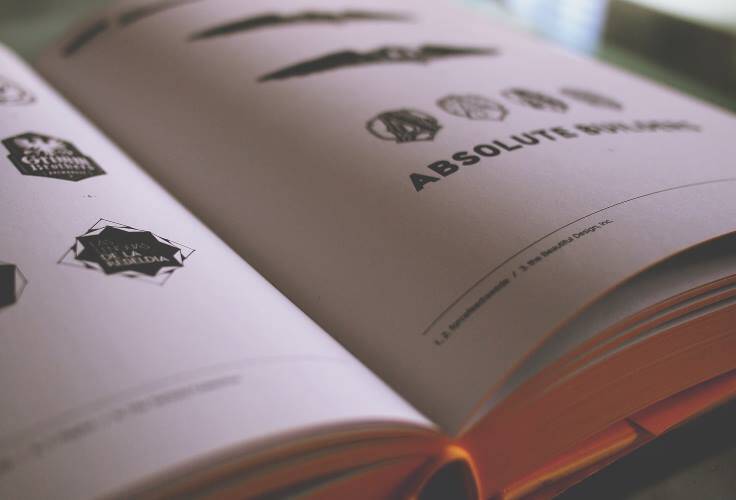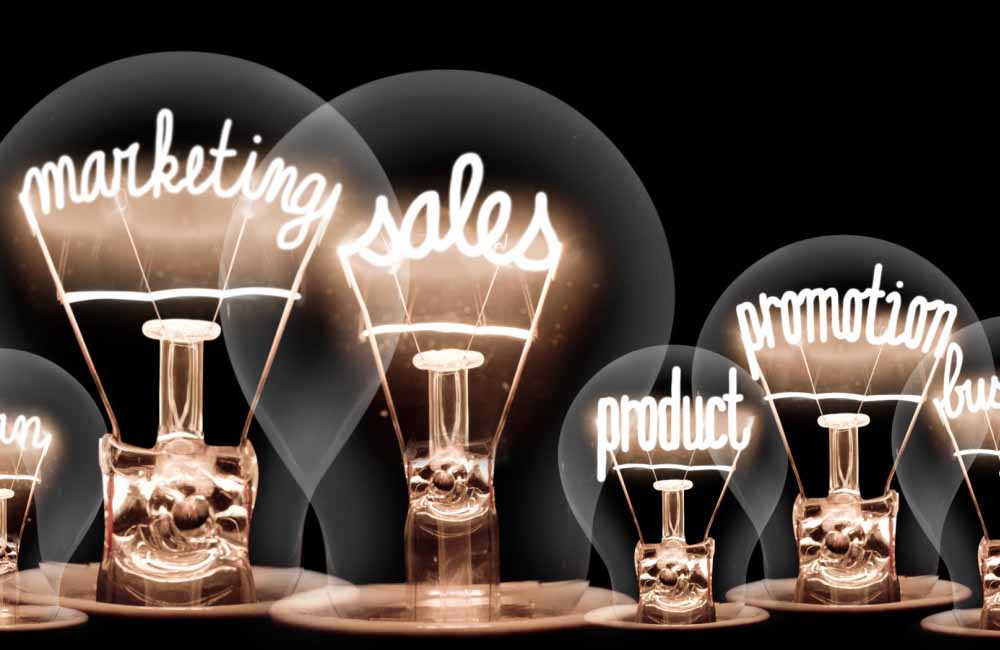The Nike swoosh. The Golden Arches of McDonald’s. The three-pointed star of Mercedes-Benz.
Those are three prime examples of how a logo can transcend being a mere image and come to symbolize a company, and its products, all by itself.
Logos are the major representation for a business in the marketplace. Many become a manifestation of the company to the outside world. In addition to providing a visual focus for your brand, a well-done logo also accomplishes another goal: it can become a source of pride for you, as the business owner, and for your employees, as well.
It’s easy to see why designing a good logo is a critical step for any growing business.
Before getting into what you do want to do, let’s look at what you don’t want to do – especially as a small business.
Creating a Great Logo: Common Mistakes
Business owners, especially small business owners, are often so swept up in the details of running a day-to-day business that they do not pay as much attention as needed to logos.
A weak logo will not be properly sized and positioned on a web page, for example, or the impact will be lessened by surrounding it with other pieces of artwork. Also, some businesses use different designs on websites, letterhead or at their place of business.
The bottom line: you want to put the effort into creating one strong logo so that your brand presence in the marketplace is consistent and strong.
What Goes Into a Great Logo?
A quality logo is essentially the face of your company. You want a graphic representation of the unique identify of your company. Ideally, you also want a logo that visually transmits important information about the company’s brand.
A good logo is an anchor point for your business, providing a way for customers to identify your business in a quick way.
So what are some of the characteristics of a good logo? Here are some aspects to consider.
Simplicity. The best logos are simple, powerful images. The Nike swoosh is an example often cited, but the same simplicity can be found in logos for Mercedes-Benz, McDonald’s, Starbuck’s, and the two most profitable sporting franchises in the United States, the Dallas Cowboys (a simple star) and the New York Yankees (the letters “N” and “Y”). Because you want your logo to look good no matter the size, it’s best to develop a strong image that is clean and clear.
Convey meaning. Cutting edge companies often use logos that convey motion, while service-oriented industries attempt to convey dependability and trust. Choose what message you want to convey and work with designers to transmit that message into a powerful visual.
Professional. When picking a logo, keep in mind that you want this to be a long-term representation of your company. It’s usually best to steer clear of sarcasm or edgy humor with your logo choice. Think of something that people will come to trust and think of as dependable when they see it over the many years to come. However, this does not mean you have to do something obvious – McDonald’s doesn’t use a burger and fries as its logo. Just make sure the tone is right for your industry.
Timeless. Many of the trendy looks today will look dated tomorrow – think of the “disco themed” images of the 1970s. Keeping the above suggestions about professionalism and meaning in mind, you want something that won’t look dated 10 years from now. For examples, think about the logos for Shell, CBS. Target or many of the successful sporting franchises.
Adaptability. Logos should be flexible enough to work across many different medians, which is where your marketing efforts are going to take you. Ensure that the logo still is effective at a very small size as well as in larger displays.
There are many choices to be made about logo, from the color to the central image. But if you keep the above tips in mind, you will be on your way to creating a timeless logo that can represent your company for decades to come.










Leave A Comment